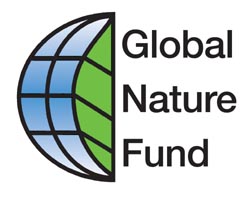In 2005, the Gumbi community successfully laid claim to land previously taken from them. As part of their plan for economic development in the area, the community established Somkhanda Game Reserve, a 12000 ha piece of Zululand bushveld with rolling hills and large tracts of wilderness areas. For two young members of this community, Sibusiso Mathe and Ndumiso Ndwandwe, Somkhanda represented an opportunity to lift themselves out of rural poverty and create a successful life for them and their families.
The Gumbi community realised their shortfalls in certain areas around business development and therefore partnered with Wildlands to improve their chances of success. Through this partnership, African Insight, a tourism operator in the area, was brought into the fray to help develop the tourism product and build capacity of passionate members of the community. Tourism operations were established and these two community members, Sibusiso and Ndumiso, showed their enthusiasm and natural ability to work with guests and were gradually trained in various tourism elements. With this exposure, it became clear that they both had talent in the guiding field and wanted to share their passion with guests. It was because of this passion, that they were selected to attend the Wilderness Leadership Schools Field Guide Training.
Through generous funding by ABSA, the Wilderness Leadership School was resourced to offer this training, which included both theoretical and practical training through registered programmes. The students also learnt key elements of guiding in wilderness areas, such as ‘Leave No Trace’ and the ‘Wilderness Ethos’. Cherryl Curry, General Manager of the Wilderness Leadership School commented that, “it was really great to have two students who now have the opportunity to develop their guiding in their own community game reserve. They showed such passion and enthusiasm to learn and, with continued guidance, will become great wilderness guides.”
“With the community steadily taking ownership of this game reserve and becoming more involved in the operations, we are developing a group of owners who are improving their livelihoods through a commitment to maintain the protected area status of the land,”, commented Mark Gerrard, Conservation Grants Manager for Wildlands.
For information on the reserve, visit www.africaninsight.co.za/somkhanda-game-reserve



